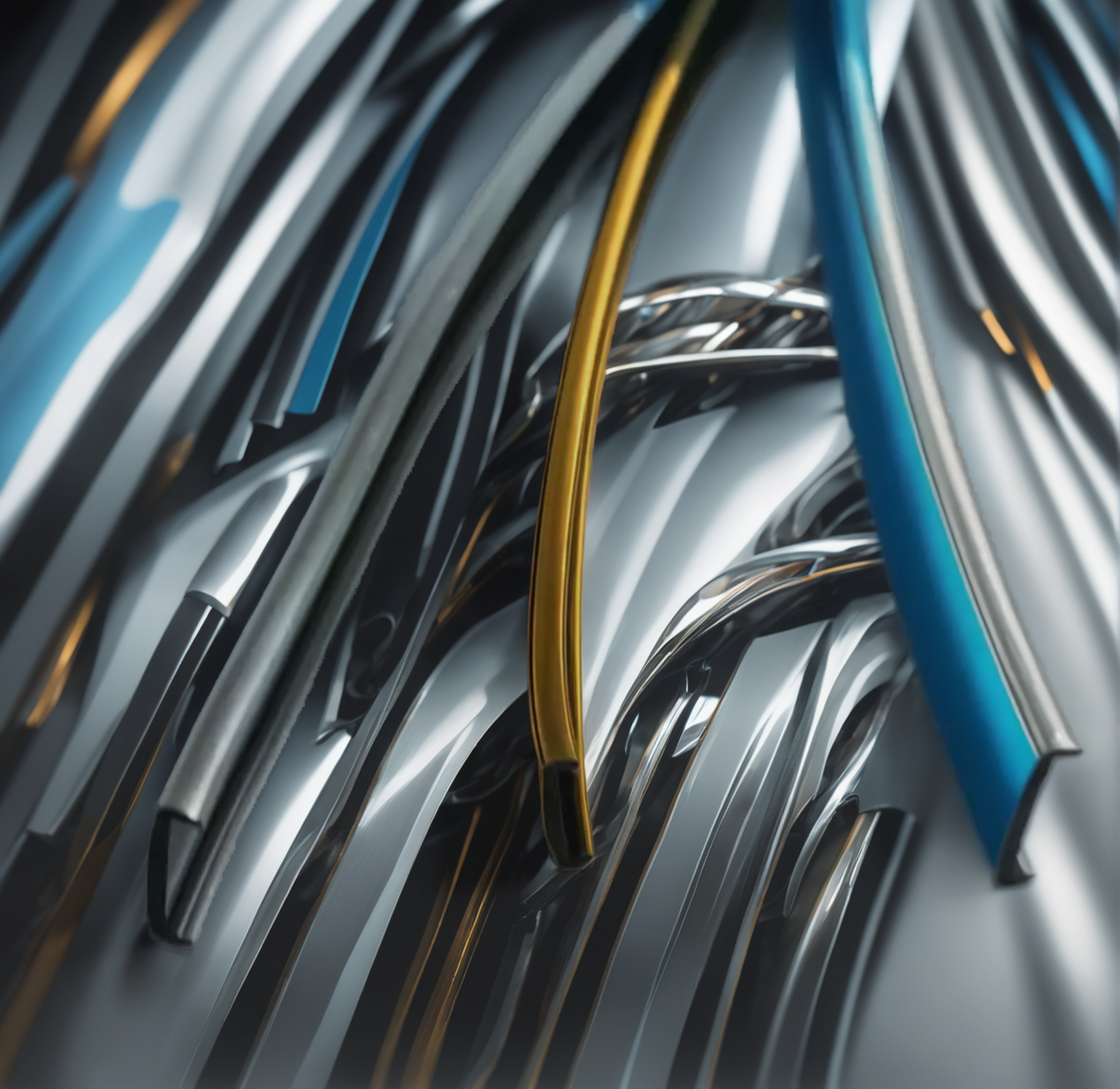In today’s interconnected world, the humble cable plays a pivotal role, often unseen but utterly essential. From powering our devices to transmitting vast amounts of data, these conduits of energy and information are the lifelines of modern technology. Understanding the different kinds of cables and their specific applications can significantly impact the performance of our electronic equipment and the efficiency of our digital lives. Whether it’s connecting to the internet, enjoying high-definition television, or simply charging your phone, the right choice of cable ensures everything runs smoothly.
Understanding Cable Types
The world of cables is surprisingly diverse, with a vast array of options designed for specific purposes. Broadly, cable types can be categorized based on what they transmit – be it electrical power, data signals, or audiovisual information. Each category further branches out into numerous specialized forms. For instance, power cables differ significantly in their gauge, insulation, and connector types depending on the voltage and current they are designed to carry. Data cables, on the other hand, are engineered for high-speed, error-free transmission, with internal structures like twisted pairs or shielding to minimize interference. Understanding these fundamental differences is the first step in selecting the correct cable for any given task, preventing potential damage to devices and ensuring optimal performance. Without this basic knowledge of cable types, one might inadvertently use an unsuitable option, leading to poor signal quality or even safety hazards.
Networking Your World: A Look at Network Cables
When it comes to connecting to the internet or setting up a local area network (LAN), network cables are indispensable. The most common type of network cables you’ll encounter are Ethernet cables, such as Category 5e (Cat5e), Category 6 (Cat6), and their successors like Cat6a and Cat7. These cables are designed to transmit data signals between devices like computers, routers, modems, and switches. The “Category” designation indicates their performance capabilities, particularly in terms of bandwidth and speed. For example, Cat6 cables support higher data transfer rates and frequencies than Cat5e, making them more suitable for gigabit Ethernet and applications demanding higher bandwidth. The internal construction of these cables, typically featuring twisted pairs of copper wires, is crucial for reducing crosstalk and electromagnetic interference, ensuring a stable and reliable connection. Choosing the appropriate network cables for your home or office network is vital for achieving the desired internet speed and overall network performance.
Bringing Entertainment Home: TV Cables Explained
For enjoying television broadcasts, whether through traditional aerials, satellite dishes, or cable TV services, specific TV cables are required to carry the audiovisual signals to your television set. Historically, coaxial cables (often RG-6 or RG-59) have been the mainstay for TV signal transmission. These cables feature a central copper conductor, surrounded by an insulating layer, a metallic shield, and an outer plastic jacket, providing good protection against interference. They are still widely used for cable television and satellite connections. However, with the advent of high-definition (HD) and ultra-high-definition (UHD/4K) content, HDMI (High-Definition Multimedia Interface) cables have become the standard for connecting devices like Blu-ray players, gaming consoles, streaming devices, and set-top boxes to modern TVs. HDMI TV cables can transmit uncompressed digital audio and video signals, ensuring the best possible picture and sound quality. Understanding the difference between these TV cables and their capabilities helps in setting up your home entertainment system for an optimal viewing experience. Selecting a quality option is essential here to avoid signal loss or degradation.
Choosing the Right Cable and Its Management
Selecting the appropriate conduit for any specific application involves considering several factors beyond just its type. These include the required length, the quality of materials, the level of shielding (especially in environments prone to interference), and the connector types compatible with your devices. A longer lead might experience more signal degradation, so it’s wise to choose a length that fits your needs without excessive slack. Higher quality materials and better shielding often translate to improved performance and durability. Once you’ve chosen the right connections, managing them effectively is equally important. Proper cable management not only enhances the aesthetic appeal of your setup by eliminating clutter but also improves safety by preventing tripping hazards. Furthermore, organized wires are less prone to damage from bending or tangling, and they allow for better airflow around electronic components, which can contribute to their longevity. Simple solutions like ties, sleeves, or raceways can make a significant difference in keeping your connections neat and functional. This attention to detail in both selection and management ensures your technological investments perform optimally and safely.

